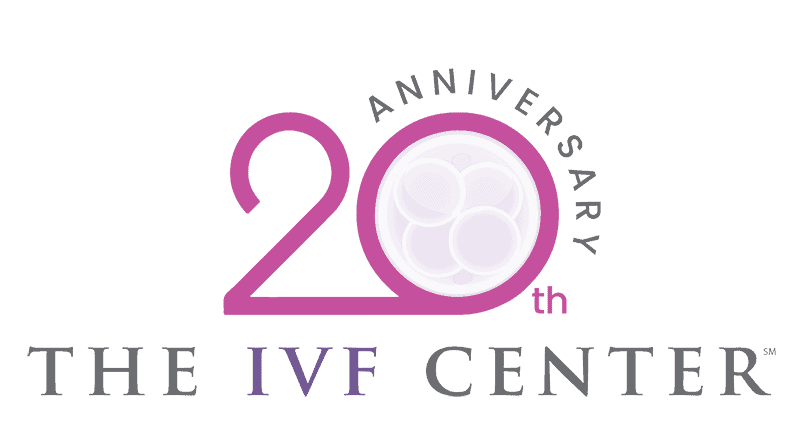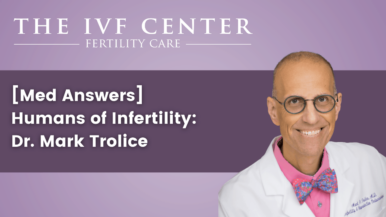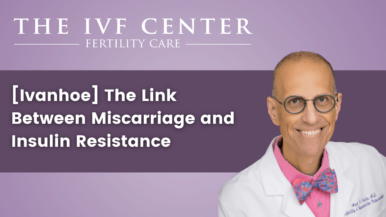As more women are delaying childbirth and more “baby boomers” are reaching midlife, this surge in advancing maternal age brings the increasing problem of ovarian aging and diminished ovarian reserve (DOR). Ovarian aging has several major medical consequences including decreased bone mass with risk of fracture, abnormal uterine bleeding from lack of ovulation, and vasomotor symptoms. Regarding fertility and DOR, determining the quantity and quality of eggs is of great importance in providing realistic expectations to a woman for a chance of a successful pregnancy.
 DOR results in impaired fertilization of the egg, reduced implantation, and increased miscarriages due to chromosomal abnormalities.
DOR results in impaired fertilization of the egg, reduced implantation, and increased miscarriages due to chromosomal abnormalities.
BACKGROUND
A woman is born with her entire life complement of eggs (oocytes), approximately 1-2 million, reduced from 6-7 million while she was a 20 week fetus. (Of note, recent medical breakthroughs suggest the possibility of allowing more egg development after birth.) Of the entire oocyte endowment, approximately 1 percent eventually undergoes ovulation.
At the time of first menses (menarche), the egg number has diminished to 300,000-400,000. Each cycle, hundreds of oocytes undergo preparation to maturity with only one achieving monthly ovulation while the rest become atretic (absorbed by the body). This in contrast to men where puberty initiates spermatogenesis and new sperm are continuously produced throughout the remainder of life.
Peak fertility in women occurs before age 30 with a monthly pregnancy (fecundity) rate of 20-25 percent followed by a steady then rapid decline during the later 30s and into the 40s. By age 40, approximately 1 in 3 women experience infertility.
DR. TROLICE DISCUSSES OVARIAN AGE TESTING ON FOX ORLANDO
OVARIAN AGE TESTING
Several markers have been used to measure ovarian age. These include menstrual cycle day three serum FSH (actually days 2-4 are acceptable) and estradiol (less predictive). In general, these tests are more specific than sensitive; i.e., “normal” results do not necessarily exclude DOR. Advanced maternal age (AMA) results in declining egg quality while elevations in FSH reflect decreasing egg number. Of importance, an elevated FSH in a woman below age 30 does not have as poor a prognosis as in AMA.
FSH had been the gold standard being readily available but it is an indirect measure affected by feedback from ovarian hormones. Most confusing, FSH levels may dramatically change on a monthly basis making FSH testing only valuable if it is elevated.
CD3 testing is the simplest screening assessment. Elevated values for FSH and/or estradiol are poor predictors for pregnancy particularly using assisted reproductive technologies such as In-vitro fertilization (IVF), but are laboratory specific due to different techniques among labs. Obtaining both FSH and estradiol levels will allow for more information since an isolated FSH level may be “falsely” low from negative feedback of a high estradiol level. To summarize, a baseline CD3 FSH is ONLY valuable if it is markedly elevated because a FSH level in the normal range does not exclude DOR.
Transvaginal ultrasound with ovarian volume and antral follicle count on CD3 has also been used as screening tests. A low ovarian volume and/or a combined antral follicle count of less than 11 are accurate reflections of DOR. Lastly, the clomiphene citrate challenge test (CCCT) utilizes the common fertility drug clomiphene citrate to measure FSH and estradiol levels. Any elevation in FSH during the CCCT is considered DOR.
Antimullerian Hormone
None of the above tests are necessarily predictive of pregnancy but assist phyisicnas in determining how much medication is needed during follicle stimulation to induce multi-follicular development.
Antimullerian hormone (AMH) reflects primoridial (early) follicles that are FSH independent. AMH is expressed in the embryo at 8 weeks by the testis Sertoli cells causing the female reproductive internal system (mullerian) to regress. Without AMH expression, the mullerian system remains present and the male (wofffian duct system) regresses. AMH controls the development of early follicles with more follicles being used up more rapidly as AMH levels decline. Cycle dependent, FSH is also the last biomarker to be effected by DOR so elevations reflect more “end-stage” ovarian aging. AMH is a much earlier potential marker of ovarian aging.
Unlike FSH, AMH is NOT cycle dependent, so it can be conveniently drawn anytime during the cycle, even on OCP, and has very little inter cycle variability. Lastly, elevated levels of AMH are seen more in PCOS patients who are more likely to develop OHSS.
Most importantly, the best screening methods to determine a women’s biologic ovarian age are: chronologic age, AMH level and sonogram AFC.






